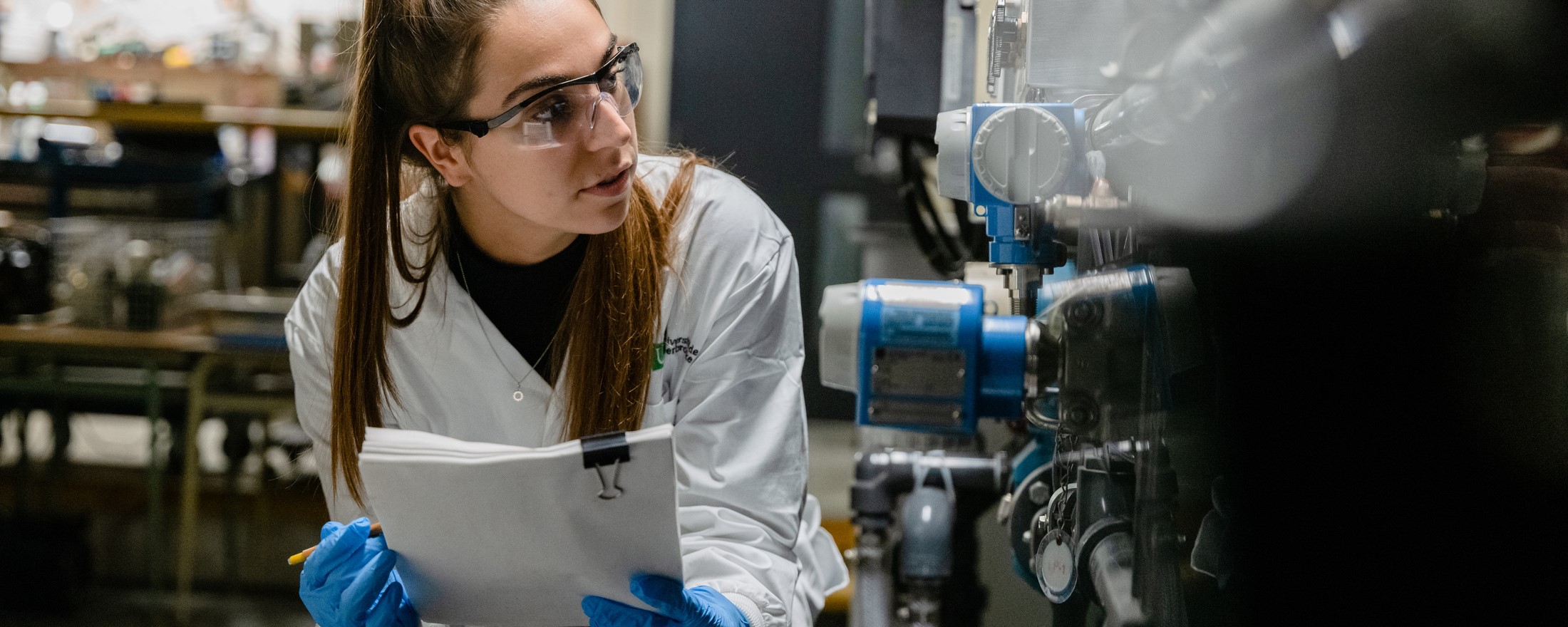Remediation of toxic metals in restored and abandoned mine sites
Overview
- RESEARCH DIRECTION
- Debra Hausladen, Professeure - Department of Civil and Building Engineering
- ADMINISTRATIVE UNIT(S)
-
Faculté de génie
Département de génie chimique et de génie biotechnologique
Département de génie civil et de génie du bâtiment
- LEVEL(S)
-
2e cycle
3e cycle - LOCATION(S)
- Campus principal
Project Description
Mine tailings and waste rock, rich in acid-generating sulfides, heavy metals, and other contaminants, have polluted hundreds of thousands of acres of lakes and reservoirs and tens of thousands of miles of streams and rivers in North America alone. Water pollution from these sites often requires management for decades to centuries after mine closure. However, no reliable single technology exists to prevent the mobilization of contaminants within the complex environmental reality. This project uses an innovative systems approach to assess the dominant biological and chemical processes on metal contaminant speciation in order to develop robust remediation strategies. Special focus will be placed on investigating the speciation and spatial distribution of redox-active contaminants (e.g., As, U, Cr, Sb) in order to predict the ultimate transport and toxicity of these contaminants. This project will combine field sampling and the development of laboratory experiments in order to develop management strategies of both restored and abandoned mine sites. This project will integrate aspects of environmental engineering, geochemistry, mineralogy, geomicrobiology, hydrogeology and geospatial analyses according to the candidates skills and interests.
Discipline(s) by sector
Sciences naturelles et génie
Génie chimique, Génie civil
Funding offered
Yes
The last update was on 12 March 2024. The University reserves the right to modify its projects without notice.
